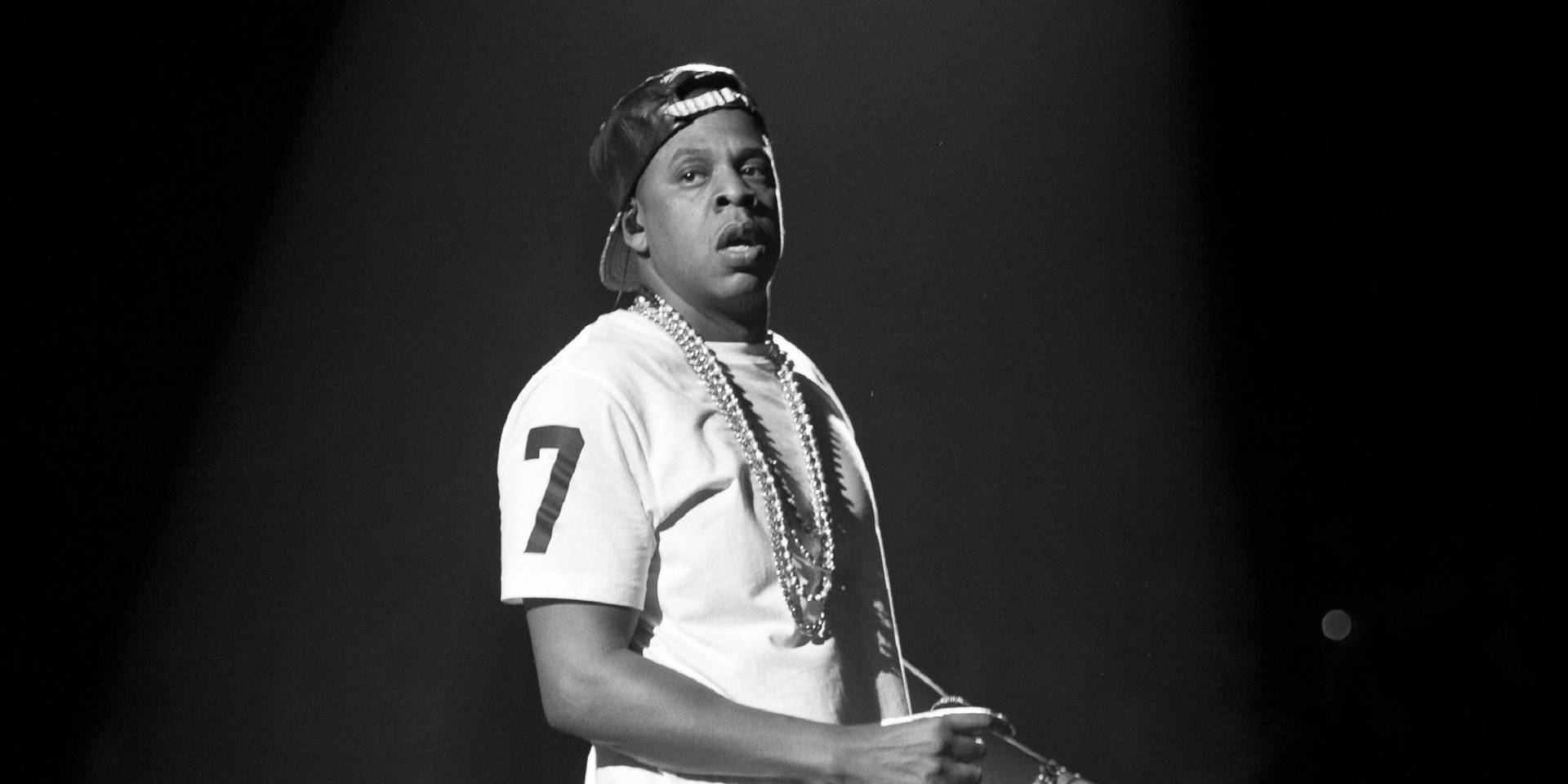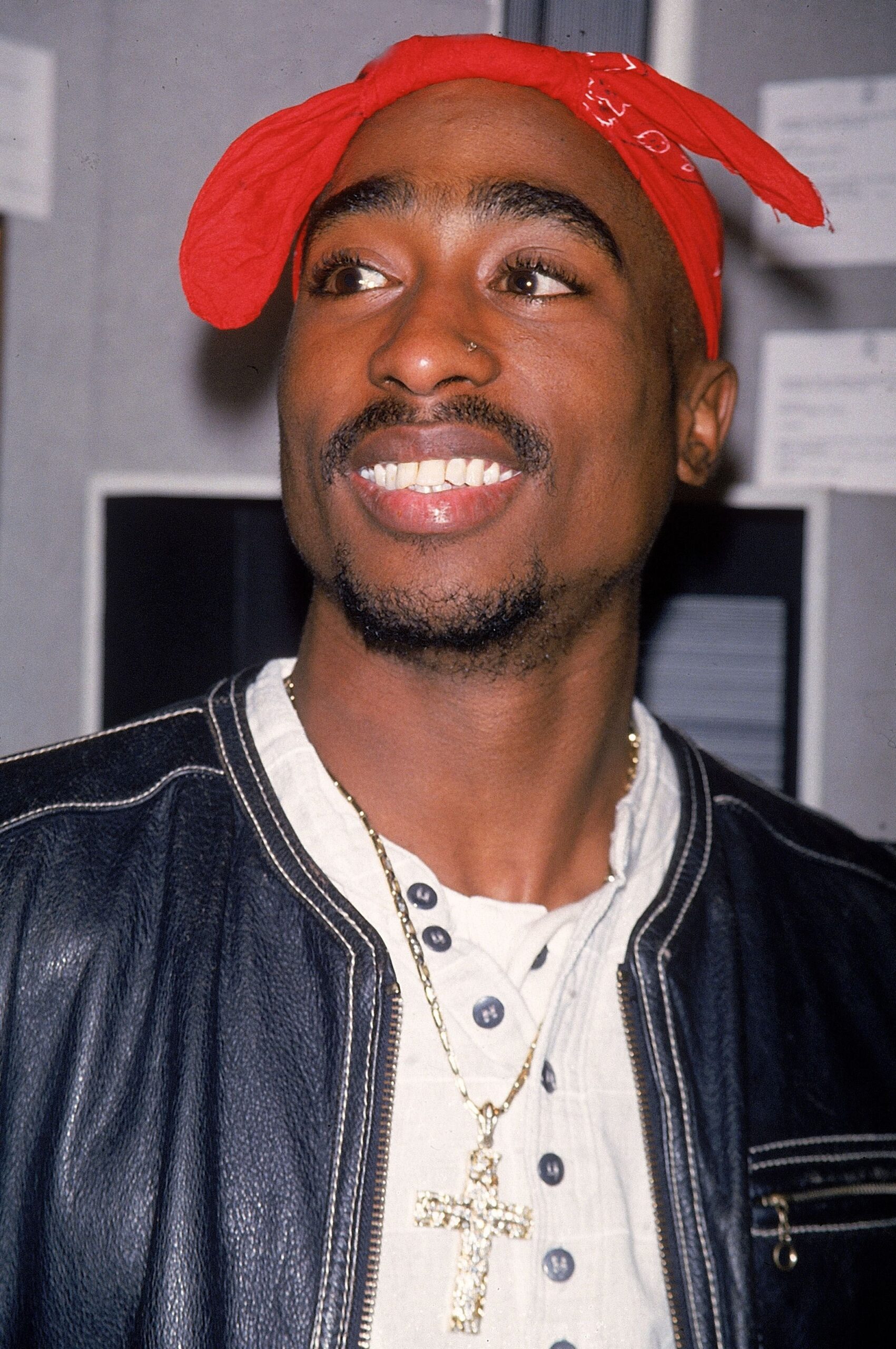The Cultural Impact of Emily in Paris: Season 3 Insights

Introduction
“Emily in Paris” has become a cultural phenomenon since its debut on Netflix in October 2020. The series, created by Darren Star, follows Emily Cooper, a young American woman who moves to Paris for a job at a marketing firm. Its combination of romance, fashion, and scenic French backdrops has enchanted viewers worldwide. As the show’s highly anticipated third season premiered recently, it has not only reignited discussions about its themes and portrayal of Parisian culture but also raised questions about cultural representation and authenticity.
Season 3 Overview
The third season of “Emily in Paris” continues to captivate audiences with its vibrant depiction of life in Paris. Released on December 21, 2022, it features Emily attempting to balance her career, friendships, and romantic interests in the City of Lights. Critics have noted the show’s ability to weave relatable themes of ambition and personal growth while presenting a picturesque yet exaggerated view of Parisian life. This season introduces new characters that enrich the storyline and further explore the complexities of modern relationships.
Cultural Representation and Critique
Despite its popularity, “Emily in Paris” has not been without controversy. Critics have pointed to the show’s portrayal of French culture as overly simplistic and stereotypical. Issues have been raised regarding the naiveté of the titular character towards French customs and language, prompting debates about authenticity in media representations of foreign cultures. Proponents of the show argue that it serves as a light-hearted escapism rather than a documentary-like depiction of Paris. This has sparked discussions about the importance of cultural sensitivity in contemporary storytelling.
Fashion and Influence
The influence of “Emily in Paris” extends beyond its narrative, particularly in the fashion realm. The show’s costume designer, Patricia Field, has been lauded for showcasing a blend of high fashion and everyday wear that resonates with the audience. As viewers eagerly await each season’s premiere, there is a noticeable trend in social media, where fans showcase their own takes on Emily’s iconic style, further driving engagement and interest in the series.
Conclusion
As “Emily in Paris” continues to evolve with each season, it remains a significant topic of conversation regarding cultural representation, modern romance, and fashion. While it may draw criticism for its portrayal of French culture, its charm and appeal remain undeniable, captivating audiences and generating discussions globally. With future seasons on the horizon, it will be interesting to see how the show navigates these critiques and continues to shape viewers’ perceptions of life in Paris and beyond.
You may also like

Jay Z: The Evolution of a Music Legend

Harvey Weinstein: A Timeline of Legal Troubles and Impact
